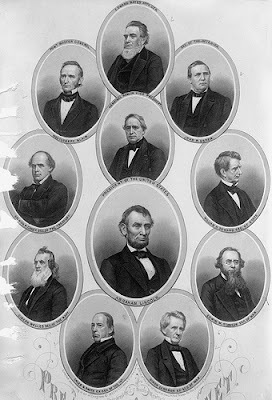A DISEASE in the PUBLIC MIND: A NEW UNDERSTANDING of WHY WE FOUGHT the CIVIL WAR (audiobook) by Thomas Fleming

Published in 2013 by Blackstone Audio. Read by William Hughes Duration: 11 hours, 42 minutes. Unabridged Thomas Fleming readily admits that he mostly writes about the era of the American Revolution (such as his excellent book Liberty! The American Revolution ) but he felt compelled to make a long commentary on the origins of the Civil War by writing A Disease in the Public Mind . Fleming's take on the causes of the war are based on a comment from James Buchanan's that the furor over slavery was a "disease in the public mind." Fleming is quite confident that this disease was mostly caused by the North. Shelby Foote alludes to this, in a way, in the Ken Burns Civil War documentary when he notes that there was a war "because we failed to do the thing we really have a genius for, which is compromise...our whole government's founded on it and it failed." An exhibit at the Lincoln Museum in Springfield, Illinois. Photo by DWD Foote meant that both ...













